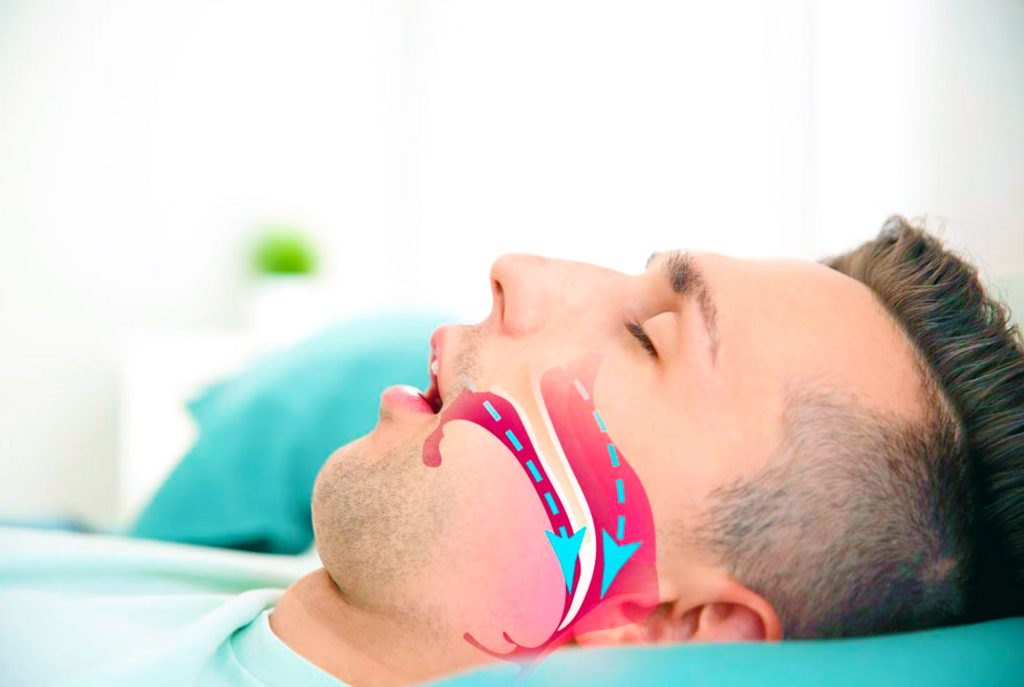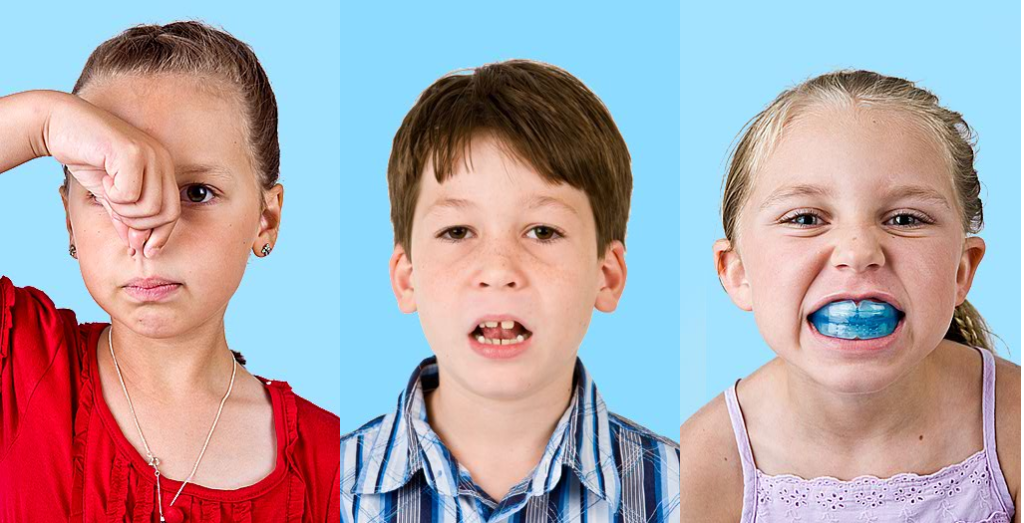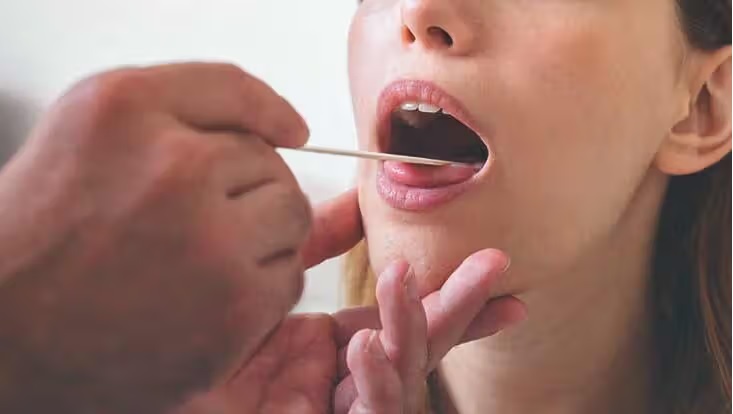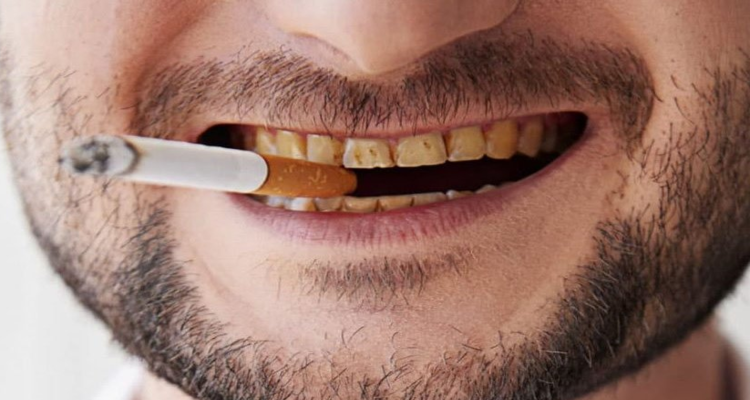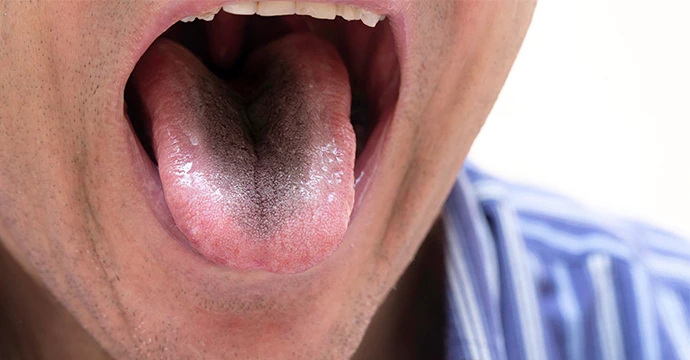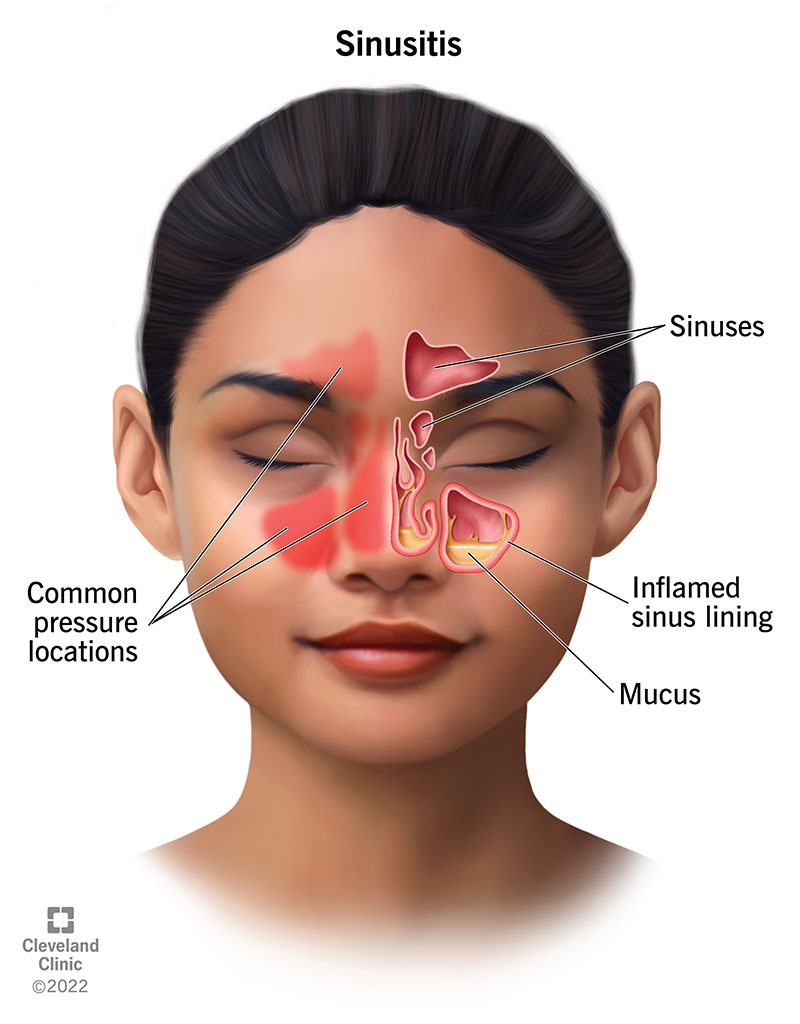Understanding Orofacial Myofunctional Disorders (OMDs): Causes, Symptoms, and Effective Treatments

Introduction: What Are Orofacial Myofunctional Disorders (OMDs)?
If you or someone you know has struggled with issues like improper tongue positioning, difficulty swallowing, or speech problems, you may be dealing with Orofacial Myofunctional Disorders (OMDs). These conditions impact the muscles of the face, mouth, and tongue, affecting essential functions such as breathing, speaking, and eating. Though OMDs are common, they are often misunderstood, leading many people to ask questions like “What does OMD mean?” or “How can OMDs be treated?”
In this comprehensive guide, we’ll explore Orofacial Myofunctional Disorders (OMDs) in detail, discussing their causes, symptoms, and the most effective treatments available. We’ll also touch on related terms like myofunctional therapy and how these disorders can impact overall health and development.
What Does OMD Mean? Orofacial Myofunctional Disorders Defined
Orofacial Myofunctional Disorders (OMDs) refer to abnormal patterns involving the face, mouth, lips, or jaw that affect how these areas function. Specifically, OMDs are issues that arise due to improper muscle function or coordination, often disrupting natural processes like breathing, swallowing, and even resting posture.
Some common manifestations of OMDs include:
- Tongue Thrusting: Pushing the tongue against or between the teeth when swallowing or speaking.
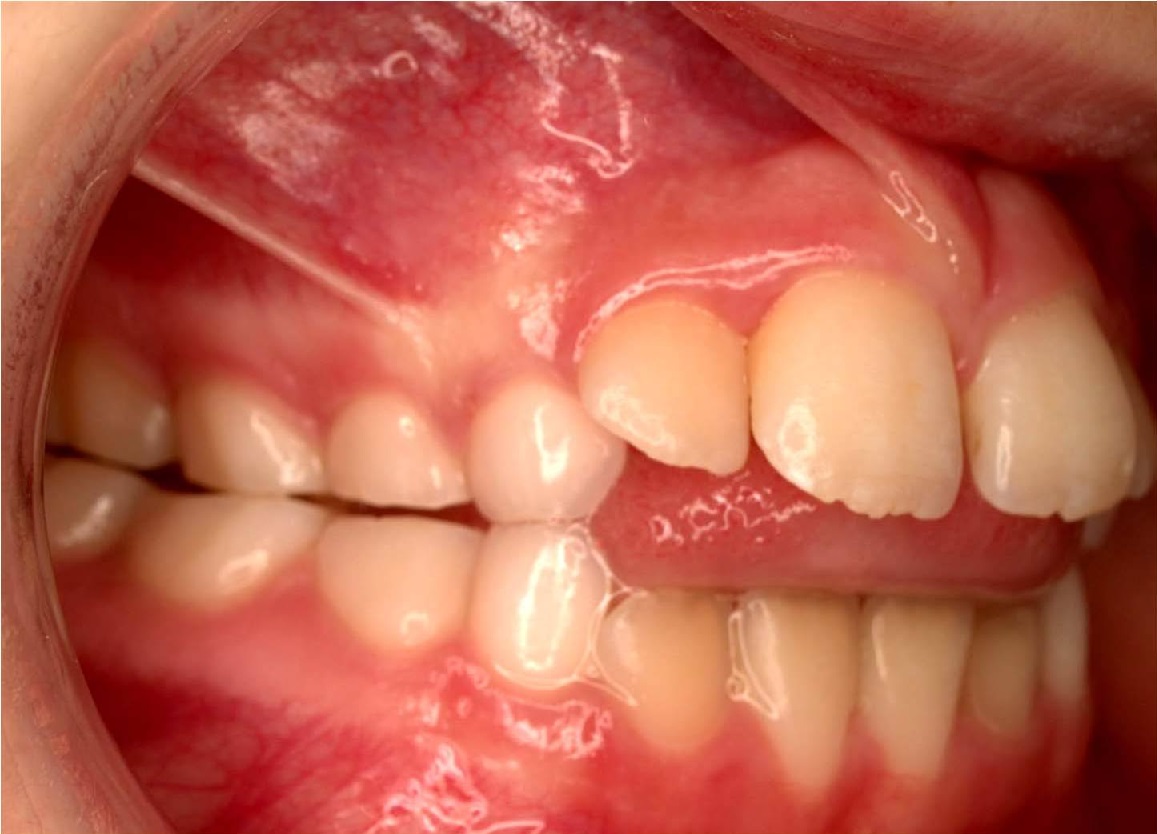
- Mouth Breathing: Habitual breathing through the mouth instead of the nose.

- Lip Incompetence: The inability to close the lips naturally without effort.
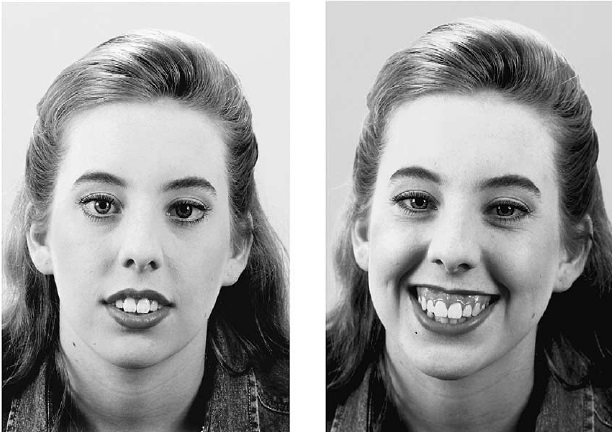
- Speech Issues: Difficulty pronouncing certain sounds due to tongue or jaw positioning.
- Chewing and Swallowing Problems: Disruption in how food is chewed and swallowed, often linked to incorrect muscle use.
OMDs can develop early in life and persist into adulthood if not addressed. Many parents may notice these issues in children but not realize that they can have long-term impacts on dental health, speech, and even facial growth.
What Causes Orofacial Myofunctional Disorders?
OMDs are caused by a variety of factors, many of which are related to muscle function and the development of oral habits. Here are some key causes:
1. Prolonged Oral Habits
Habits like thumb sucking, extended pacifier use, and bottle feeding beyond infancy can interfere with the natural development of the oral and facial muscles, leading to OMDs. These behaviors can cause the tongue to push against the teeth (tongue thrust), resulting in issues like malocclusion (misaligned teeth).
2. Mouth Breathing
Mouth breathing is a common symptom and cause of OMDs. It can develop due to allergies, nasal obstructions, or chronic respiratory issues that prevent proper nasal breathing. Over time, this can affect jaw development, tooth alignment, and overall facial structure.
3. Tongue-Tie (Ankyloglossia)
A tongue-tie, where the lingual frenulum (the tissue under the tongue) is too tight, can limit tongue mobility. This condition can affect swallowing, speaking, and the overall position of the tongue, contributing to OMDs.
4. Jaw and Facial Development Issues
Issues related to the development of the jaw or facial structure, such as narrow dental arches or misaligned teeth, can contribute to abnormal muscle function. These structural abnormalities often develop during childhood and, if untreated, can lead to more severe OMDs in adulthood.
5. Neurological or Developmental Factors
In some cases, neurological conditions or developmental disorders can affect the muscles involved in chewing, swallowing, and speaking, leading to the development of OMDs. These may be associated with conditions like Down syndrome, autism, or other developmental delays.
Symptoms of Orofacial Myofunctional Disorders
Recognizing the symptoms of OMDs is the first step in addressing them. Since OMDs affect a wide range of functions, the symptoms can be diverse and vary depending on the individual. Some common signs include:
- Tongue Thrusting: Visible movement of the tongue pressing against or through the teeth when swallowing or speaking.
- Speech Problems: Difficulty pronouncing certain sounds, especially “S” and “Z” sounds, due to improper tongue placement.
- Mouth Breathing: Habitual breathing through the mouth, especially during sleep.
- Misaligned Teeth: Crowded or misaligned teeth due to tongue thrust or other abnormal oral muscle patterns.
- Chewing and Swallowing Difficulties: Trouble chewing food properly, often accompanied by noisy or inefficient swallowing.
- Frequent Drooling or Lip Incompetence: Difficulty keeping the lips closed at rest, leading to drooling or a dry mouth.
- Facial Structure Changes: Prolonged OMDs can lead to changes in the structure of the face and jaw, sometimes referred to as “long face syndrome.”
If these symptoms are noticed, especially in children, early intervention can help prevent more serious complications later in life.
Myofunctional Therapy: A Key Treatment for OMDs
The most effective treatment for OMDs is often myofunctional therapy. This therapy focuses on retraining the muscles of the face, mouth, and tongue to improve their function and restore proper patterns for breathing, swallowing, and speaking.
What Is Myofunctional Therapy?
Myofunctional therapy is a specialized program designed to target the underlying muscle dysfunctions associated with OMDs. It involves a series of exercises that aim to:
- Correct tongue positioning
- Promote nasal breathing
- Improve lip closure and muscle tone
- Enhance swallowing mechanics
A myofunctional therapist, often in collaboration with a dentist, orthodontist, or speech therapist, will develop a tailored plan to address the specific issues presented by the patient.
Benefits of Myofunctional Therapy
Myofunctional therapy can have several significant benefits, including:
- Improved Dental Health: By addressing issues like tongue thrusting and mouth breathing, myofunctional therapy can prevent or reduce the need for braces or other orthodontic treatments.
- Better Sleep Quality: Since many people with OMDs experience mouth breathing during sleep, therapy can help promote nasal breathing, reducing issues like snoring or sleep apnea.
- Enhanced Speech Clarity: Many children and adults with OMDs have difficulty pronouncing certain sounds. Myofunctional therapy helps correct the underlying muscle patterns that affect speech.
- Prevention of Long-Term Structural Issues: Early intervention can prevent more serious issues like jaw misalignment, changes in facial structure, or chronic jaw pain.
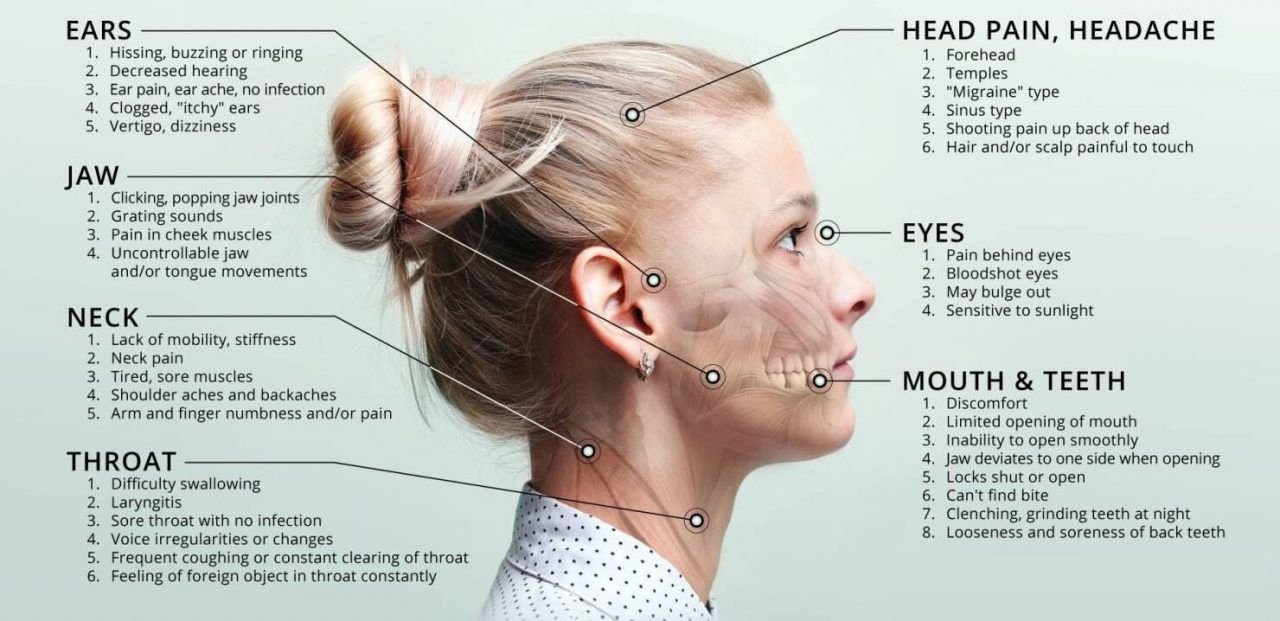
Treating Orofacial Myofunctional Disorders in Children and Adults
While OMDs are often detected in children, they can persist into adulthood if not treated. Fortunately, both children and adults can benefit from treatments like myofunctional therapy. Early detection and intervention are key to preventing long-term complications.
Treatment in Children
In children, the focus is on early intervention to address the root causes of OMDs, such as thumb-sucking or mouth breathing. Early therapy can improve speech development, facial growth, and overall dental health.
Treatment in Adults
For adults, treatment may also involve orthodontics or surgical interventions, especially if significant structural issues have developed. However, myofunctional therapy can still provide significant improvements in function and aesthetics, even later in life.
Frequently Asked Questions About OMDs
Q: Can OMDs Affect Breathing?
A: Yes, OMDs, especially those involving mouth breathing, can lead to poor nasal airflow, chronic snoring, and even sleep apnea. Myofunctional therapy aims to correct these issues by promoting nasal breathing.
Q: How Long Does Myofunctional Therapy Take?
A: The duration of myofunctional therapy depends on the severity of the disorder and the individual’s response to treatment. Most therapy programs last between 6-12 months, with ongoing exercises recommended for maintenance.
Q: Can OMDs Affect My Child’s Speech?
A: Yes, OMDs can contribute to speech problems, particularly when it comes to articulation of certain sounds like “S” and “Z.” Speech therapy combined with myofunctional therapy can help improve these issues.
Conclusion: Addressing Orofacial Myofunctional Disorders for Better Health
Orofacial Myofunctional Disorders (OMDs) are more than just muscle imbalances—they can affect your breathing, speech, dental health, and even facial development. Whether you’re seeking treatment for your child or yourself, myofunctional therapy offers an effective, non-invasive approach to improving oral function and quality of life.
By addressing these issues early, you can prevent long-term complications like tooth misalignment, sleep apnea, and speech delays. If you or someone you know shows signs of an OMD, consult a professional who specializes in myofunctional disorders and begin the journey toward better oral health.
Related articles:
- Myofunctional Therapy for Children
- How to Prevent Sleep Apnea with Myofunctional Therapy
- Early Signs of OMDs in Children
External Links:
- American Speech-Language-Hearing Association: What Are Orofacial Myofunctional Disorders?
- Mayo Clinic: Tongue-Tie (Ankyloglossia) and Its Effects on Oral Function
Understanding the causes and treatments for OMDs is crucial for ensuring proper oral and overall health. Early intervention can make a significant difference, helping you or your child live a healthier, more comfortable life!

